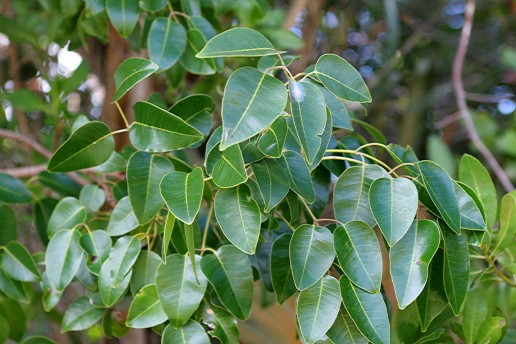There are several different habitats that make up the Florida Everglades, each with its own distinct plant life. The biodiversity of Everglades plants in these habitats promotes the equally diverse animal life that resides in them. The flora found in the Everglades ranges from beautiful, to strong, and in some cases dangerous. Here are 5 standout Everglades plant species you should know about before your visit!
Everglades Flowers
Spider Lily – This Florida native is easily identified by its long, white, curving sepals and pedals, that are connected by a gossamer web. These fragrant Everglades Flowers are found growing in swamps, marshes, and hammocks year-round, and are very drought resistant.
Ghost Orchid – There are several orchid species growing in the Florida Everglades, but the ghost orchid is considered a symbol of the lush variety of Everglades plants. It has long, delicate, white petals, and due to its complex shape, can only be pollinated by the sphinx month. Found in cypress swamps, these Everglades flowers use their massive, tangled roots to cling to palm, pond apple, and cypress trees.

Everglades Trees
Cypress Trees – This is tree is the most flood-tolerant of Everglades trees. Found in swamps and in tree islands on marshes, cypress trees have large ”knees” that protrude as high as 6 feet above their roots. These knees allow for oxygen to reach the roots and support the trees in water-logged soil.
Mangrove – This rooty plant is located toward the coastal areas of the Everglades. Mangroves act as a buffer between the saltwater of the coast and the freshwater marshes. Their strong roots help reduce soil erosion from ocean currents, block waves, and restore the soil through their cycles of growth.

Poisonwood – The Tree to Avoid
The Everglades have many plants to behold, but also a few you should try to avoid. The poisonwood tree is best identified up close by their teardrop-shaped leaves outlined in yellow, which appear to droop from its branches, but watch out! The tree contains 100 times more poison in its bark, sap, and leaves than poison ivy, and touching them can cause skin inflammation and blisters.
It’s best to avoid hiking in the Everglades hammocks in the rain, because the sap from a poisonwood could drip on you. The safest way to view poisonwood trees is on an Everglades airboat tour from a safe distance, because any contact with them should be avoided.

The various habitats in the Everglades promote a wide range of unique plant life here. The many Everglades plants growing here range from resilient, to pretty, and also hazardous. But by exploring the Everglades on a hike or private airboat tour can give you the chance to see several of them.
